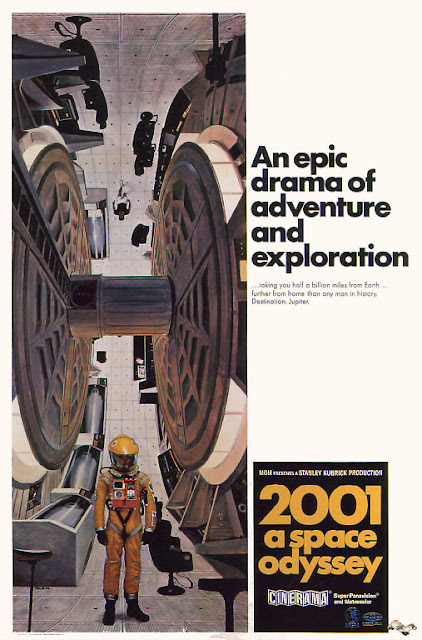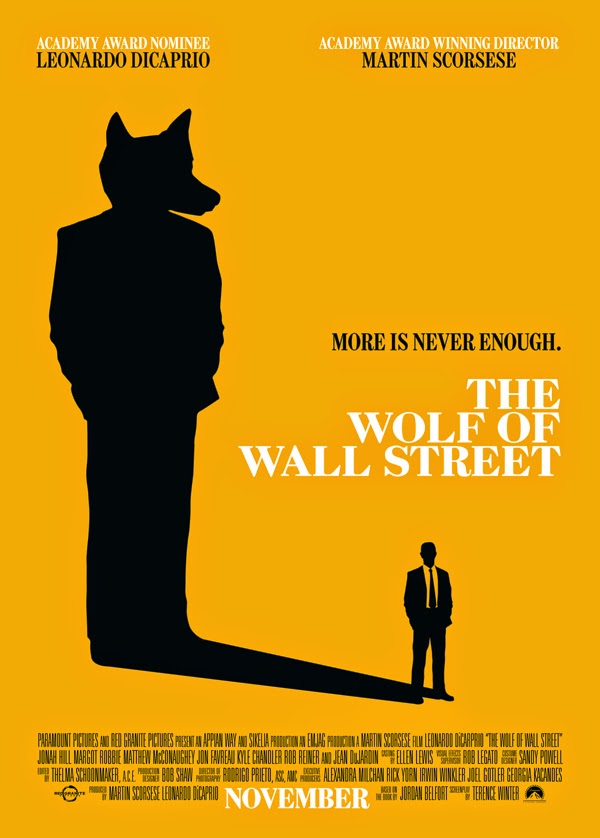The A to Z of My Lawyer Will Call Your Lawyer: I
An occasional series where Nick & Astrid go through their cinema alphabet.
Astrid:
Interiors (directed by Woody Allen)

Interiors is Woody Allen's first serious movie (as in not funny). It was released in 1978, before films like Manhattan and a year after the success of Annie Hall. Yes, the love of Ingmar Bergman is visible in the look, mood and subject matter of this piece, but it doesn't matter. Actually, I think that this is in the TOP10 or TOP5 of Allen's films. For one thing, it is not stamped with the stereotypical Woody characteristics, but allows me to forget the structure and concentrate on the wonderful characters – the three sisters and their mother mainly.

Whatever you may think of Woody Allen (and recently his reputation has not been glowing in the public eye), he has written some of the best roles for women in cinema. Interiors is a study in the interrelations of Renata (Diane Keaton), Flyn (Kristin Griffith) and Joye (Mary Beth Hurt). Their mother has always suffered from mental illness, but now she breaks down after her husband decides to leave and then remarries quickly. The contrast between the beautiful controlled interior decoration that the mother designs and the emotional chaos and suffocation which her troubles have brought to the family are all visualized amazingly well in the movie. On second viewing, I felt empathy for the mother character, whom I remember hating some years ago still.

The best part of this film are the three sisters, struggling with finding an outlet for their emotions, which never had space to be expressed in their childhood home. Flyn is an actress (not appreciated by her relatives), Renata a successful poet, but Joye cannot find her place in life, as she struggles from professions and hobbies to others comparing herself to her sisters. The on-going discussion in the script is about creativity, its value as an outlet, relation to talent and gender. Renata's husband Frederick (Richard Jordan) struggles with writer's block and alcoholism. The scenes between this creative couple open up another fascinating layer of meaning. Such detail and insight into relationships within a family are rare in any given time of cinema. Also, in the age of Pinterest the film's title Interiors resonates more than ever: As our lives and homes are subjected to scrutiny and constant comparisons to perfectly arranged living rooms and kitchens, recipes and clothing items – all perfect and controlled and there to be desired and aspired to, no matter what class one represents.
Nick:
Indiana Jones
It's hard to imagine that when George Lucas created the character of Indiana Jones, he not only realized that he was paying homage to a 1930's type of screen hero but was in fact creating the template for the male action hero for the future 40 years that followed. We first saw Indiana Jones in Raiders Of The Lost Ark (1981), the enormously successful first chapter of a franchise that would not only cement the rugged masculinity of it's star Harrison Ford, but influence the action genre for ever. Raiders Of the Lost Ark was a game changer. Raiders... also introduced the world to the fascination its celebrated director, Steven Spielberg, would have with The Nazis (something that still makes an appearance in his recent work).
 |
| Doctor Jones I presume? |
Over four movies, a TV series, comic books, videogames and even a Disney Park ride, Indiana Jones relates to a time when I really fell in love with a certain kind of movie: the action spectacular. Jones was quick witted, brave, fallible, sexy and above all, a boy's own collect and keep hero. I did spend a couple of years working as an archaeologist, so some extra interest stayed with me about the Indiana Jones character. It's not a stretch of the imagination to suggest that the whole realm of discovery – and yes I am talking about the Lord Of The Rings Trilogy – and other worldly cinema started with the Indiana Jones franchise. The veritable lost world is a source of fascination to our imagination, Indy (even with nickname) helps us discover our past weird worlds. Indiana Jones & The Temple of Doom (1984) was the moment that Lucas and Spielberg realized the character was the heart of the franchise (unfortunately the movie outstays it's long welcome, despite some great scenes). Indiana Jones The Last Crusade (1989) got us back on track (and importantly Indy vying with the Nazis again). The introduction of Sean Connery in the third instalment also acknowledged Indy's own wisecracking origins and debt to a certain double O agent. The comeback movie from 2008, Indiana Jones & The Kingdom Of The Crystal Skull was a disappointment (how could it not have been) despite a couple of fantastic scenes.
But the fedora, satchel, leather jacket, chinos and bullwhip has cemented in our conscious one of the most original and iconic action heroes of modern times. Harrison Ford's reluctance in this kind of role is often the charm that makes it all work. Ford, rather like his work with Han Solo in the Star Wars franchise, brings a weary cynicism to this role, almost like he's above it all. But lets be honest, bar a couple of other movies (Blade Runner and Witness), this is Ford at his best. He redefines the action hero for the 1980's and beyond even he was a seemingly reluctant presence. Spielberg of course went on to more serious work (with the odd rummage of sci-fi and occasional old school action). Lucas is defined by his Star Wars, despite Indiana Jones. In an ironic twist it was Spielberg who pushed for Ford as Indiana Jones, Lucas having worked with Ford on Star Wars, wanted the gig to go to Tom Selleck. I'm sure in future years we'll hear of some new Indiana Jones movie in the works. A re-boot for contemporary audiences. This will happen because we like our old fashioned adventures and no one allows us to dream and get lost in those worlds and delivers those one liners with such style as Indiana Jones.
 |
| Harrison Ford meets his match with Karen Allen in Raiders... |
Interiors (directed by Woody Allen)

Interiors is Woody Allen's first serious movie (as in not funny). It was released in 1978, before films like Manhattan and a year after the success of Annie Hall. Yes, the love of Ingmar Bergman is visible in the look, mood and subject matter of this piece, but it doesn't matter. Actually, I think that this is in the TOP10 or TOP5 of Allen's films. For one thing, it is not stamped with the stereotypical Woody characteristics, but allows me to forget the structure and concentrate on the wonderful characters – the three sisters and their mother mainly.

Whatever you may think of Woody Allen (and recently his reputation has not been glowing in the public eye), he has written some of the best roles for women in cinema. Interiors is a study in the interrelations of Renata (Diane Keaton), Flyn (Kristin Griffith) and Joye (Mary Beth Hurt). Their mother has always suffered from mental illness, but now she breaks down after her husband decides to leave and then remarries quickly. The contrast between the beautiful controlled interior decoration that the mother designs and the emotional chaos and suffocation which her troubles have brought to the family are all visualized amazingly well in the movie. On second viewing, I felt empathy for the mother character, whom I remember hating some years ago still.

The best part of this film are the three sisters, struggling with finding an outlet for their emotions, which never had space to be expressed in their childhood home. Flyn is an actress (not appreciated by her relatives), Renata a successful poet, but Joye cannot find her place in life, as she struggles from professions and hobbies to others comparing herself to her sisters. The on-going discussion in the script is about creativity, its value as an outlet, relation to talent and gender. Renata's husband Frederick (Richard Jordan) struggles with writer's block and alcoholism. The scenes between this creative couple open up another fascinating layer of meaning. Such detail and insight into relationships within a family are rare in any given time of cinema. Also, in the age of Pinterest the film's title Interiors resonates more than ever: As our lives and homes are subjected to scrutiny and constant comparisons to perfectly arranged living rooms and kitchens, recipes and clothing items – all perfect and controlled and there to be desired and aspired to, no matter what class one represents.












Comments
Post a Comment